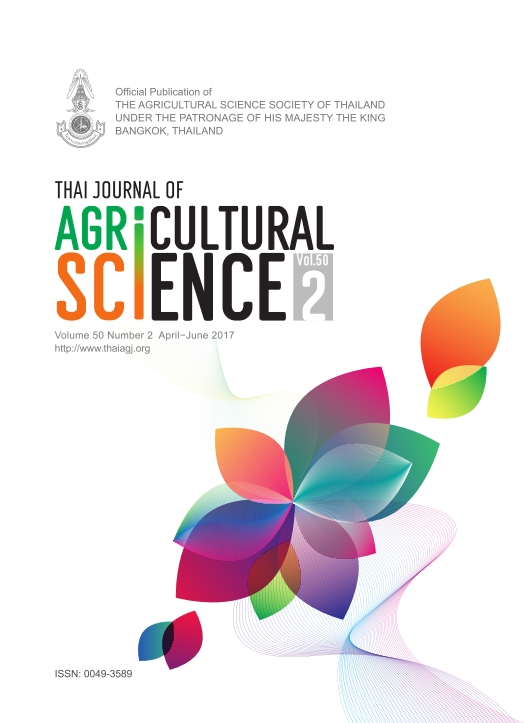Physical Properties of Three Varieties of Tomato, a Comparative Study
Main Article Content
Abstract
In this study, physical properties of three different cultivars of tomato were determined. For this purpose, twenty tomato fruits from each variety were selected randomly, packed in polyethylene and then stored at temperature of 4°C during the tests. A digital caliper with accuracy of 0.01 mm and a balance with accuracy of 0.001 g were used to measure the physical dimensions and the fruit mass, respectively. Water displacement method was used for determining of fruit volume. Terminal velocity was calculated by releasing the fruit into a water column. A digital camera was used to record the fruit movement in the water column. Fruit stiffness was determined using a Universal Testing Apparatus. To this end, a load cell of 50 kgf with accuracy of 0.01N was used to measure bio-yield point of tomato during the compression tests. Average values of fruit properties and standard deviation of parameters were calculated and compared. Results showed Riogrand variety has highest dimensions, mass, volume, packing coefficient and terminal velocity. Dimensional analysis technique was utilized to obtain a new model for prediction of terminal velocity. Therefore, after identifying the affecting parameters, pi-term groups were constructed and finally a dimensionless model incorporating the effect of all the independent pi–terms on the dependent one was derived and evaluated. Statistical analysis revealed RMSE, R2, MRD and MBE values for the modeling of terminal velocity were calculated as 0.02, 0.91, 0.10 and 0.01, respectively. Therefore, the derived dimensionless model could predict the terminal velocity of tomato, properly.


